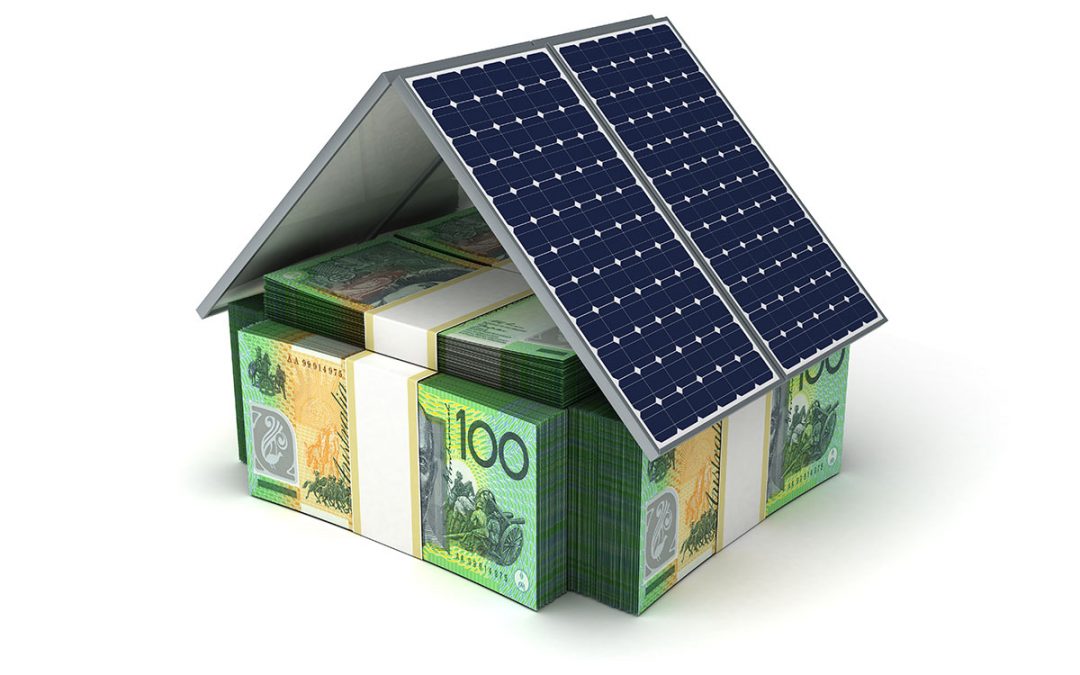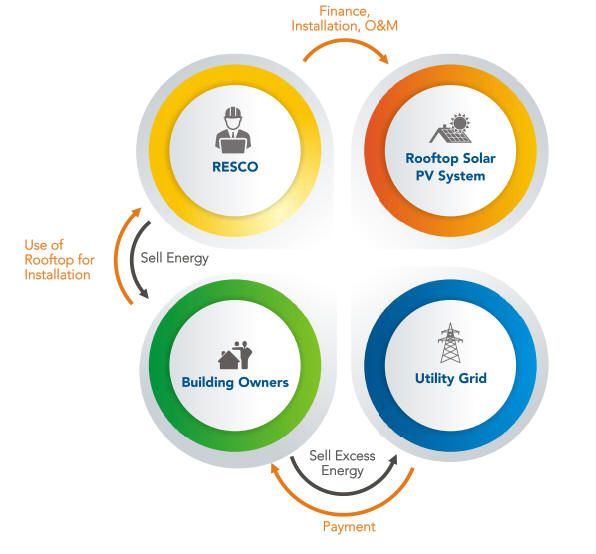How One Can Finance Solar Power?

Introduction
It can be said without a doubt that our world soon needs to move towards renewable forms of energy. The use of fossil fuels, namely coal, petroleum and natural gas, has brought about a huge change in the environment over the course of years. Hence, keeping in mind the environmental issues that the earth is facing, renewable energy is one of the most viable options for us humans to adapt to. Solar energy, as we know, is also a form of renewable energy as the energy of the sun is in immense abundance. Energy from the sun is very clean as there are no carbon emissions. It is also very economical to switch to solar power as it significantly reduces one’s electricity bills. Although solar power is very promising and much more eco-friendly, there is always an issue or concern that is raised: ‘it must be very expensive to install solar panels so how will I be able to afford it?’ This article addresses how one can finance solar power.
An Insight into Solar Business Models
Firstly, let us understand the business models that are available in the solar power market. In principal, there are two business models (Business Models, n.d.):
1] CAPEX Model: CAPEX stands for ‘Capital Expenditure’, signifying that the capital expenditure is paid for by the owner of the solar rooftop. In this model, generally the consumer hires a solar EPC (stands for Engineering, Procurement and Construction) company to install the PV systems on their rooftop. Once installed, the EPC company hands over the system’s ownership to the customer(s). The CAPEX model allows owners of residential, industrial and commercial properties to also own a solar power system. In the case of an on-grid system, the excess electricity is supplied back to the grid. The following image depicts how the CAPEX model works for the different stakeholders involved:

2] RESCO Model: RESCO stands for ‘Renewable Energy Service Company’. A RESCO is a provider of renewable energy, usually in the form of solar power but also consists of wind energy and micro-hydro power. The RESCO model works in a ‘Pay-As-You-Go’ method, meaning that the customers only pay for the electricity that they consume. The PV system is owned, installed and maintained by the energy company. The consumer signs a contract with the energy provider company and has to pay a decided amount every month to the energy provider. Depending upon the requirement of the consumer and the consumption choice, the RESCO model is further divided into two types:
a) Power Purchase Agreement (PPA): A PPA works with net-metering. In a PPA, the energy company pays for a PV system to be deployed on a rooftop. The power generated from the rooftop is then sold to the owner of the building where the PV system is installed for a reduced price. The building owner can also sell the excess electricity that is generated to the utility. The following figure summarises how a PPA system works in the RESCO model:

b) Rooftop Leasing: This system works with gross-metering. In rooftop leasing, the energy company leases the rooftop for a specific period of time and pays the owner the lease/rent for installing a PV system on the roof. The power generated is sold to the utility for a pre-approved feed-in tariff. The following figure depicts how rooftop leasing system works in the RESCO model:

Now that we know the business models in place, it is essential to understand which model is for whom. We shall see in the next section the models and their suitability to the different needs of customers.
CAPEX versus RESCO: which one to choose?
We now understand how both the business models work. There is no perfect model as each type has its own merits and demerits. For instance, let us say a customer goes with the CAPEX model. He or she invests a lot of money in the PV system. Over time, the PV system reduces the electricity bills and the money saved on the bills is in a way the payback for the initial investment. So, the customer really starts the savings on electricity bills once the initial investment has been compensated with the savings on the bills. While this Return on Investment (ROI) might take some time, customers of the RESCO model start saving from day one. However, the savings and the free electricity will be always higher in amount in the CAPEX model than in the RESCO model. The following table shows the different requirements of customers categorized to be catered by the two models:
| CUSTOMER SHOULD CHOOSE CAPEX IF… | CUSTOMER SHOULD CHOOSE RESCO IF… |
| They want a quicker ROI (about 3-5 years) and electricity for free for about 25-30 years after payback, or | They are comfortable with being in a long contract of about 15-20 years, or |
| They want to invest their money in solar in order to acquire better risk-adjusted returns than other financial or business assets to generate more over a 25-year period, or | They can regularly generate cash over their RESCO contract period, or |
| They want some indirect benefits such as accelerated depreciation, cheaper electricity etc. | They do not want to invest in a project but still want cheaper electricity, or |
| They are ready to handle any unsatisfactory services of the RESCO as there is no choice to switch between the services providers. Also, because of the contractual obligations and hassles involved, it is almost impossible to switch anyway. A RESCO will not accept such terms before they realize their returns. |
Third-Party Payments and Government Incentives
Nowadays, people can also choose third-party finance for paying for their solar power systems. There are specialised finance companies that provide loans for solar projects for a small amount of interest. These companies will pay for a consumer’s PV system upfront to the energy provider. The customer can then pay the finance company back through Equated Monthly Instalments (EMIs) over a decided period of time. The interest that such companies charge the customers is relatively low. This is because of the government subsidies. What this means is that the government pays some amount of money to such companies in order for the companies to run and flourish and hence, provide more and more services to customers. Governments all around the world have been incentivising solar power in order to promote clean and sustainable energy. In India, the central bank of the country which is the Reserve Bank of India has mandated the banks to lend up to the amount of ₹. 2,000,000.00 (USD 27,000.00 approximately) for solar projects. This is because in India, the Renewable Energy sector is now under the priority lending sector status. Many other governments around the world such as France and Germany are incentivising and subsidising solar power in order to promote clean energy.
Conclusion
In this article, the business models in existence for solar power businesses have been thoroughly explained. Both the CAPEX and RESCO models have been compared and it has been found that the CAPEX model always has a bigger amount of savings in the long run. However, investing in a project is a big decision and thus, the different options have been discussed for people who want to switch to solar. Different needs of customers are to be taken in account while choosing the business model to go with and hence, this is discussed as well. Finally, the option of third-party finance is discussed along with government incentives and subsidies. To conclude, it can be said that the solar industry is adapting really quickly to the different scenarios and newer ways to accommodate everyone’s needs and requirements are coming up. While the decision to switch to solar depends majorly on the customer’s finances, the solar industry along with the governments around the world, are trying to make financing solar projects easier by the day.

